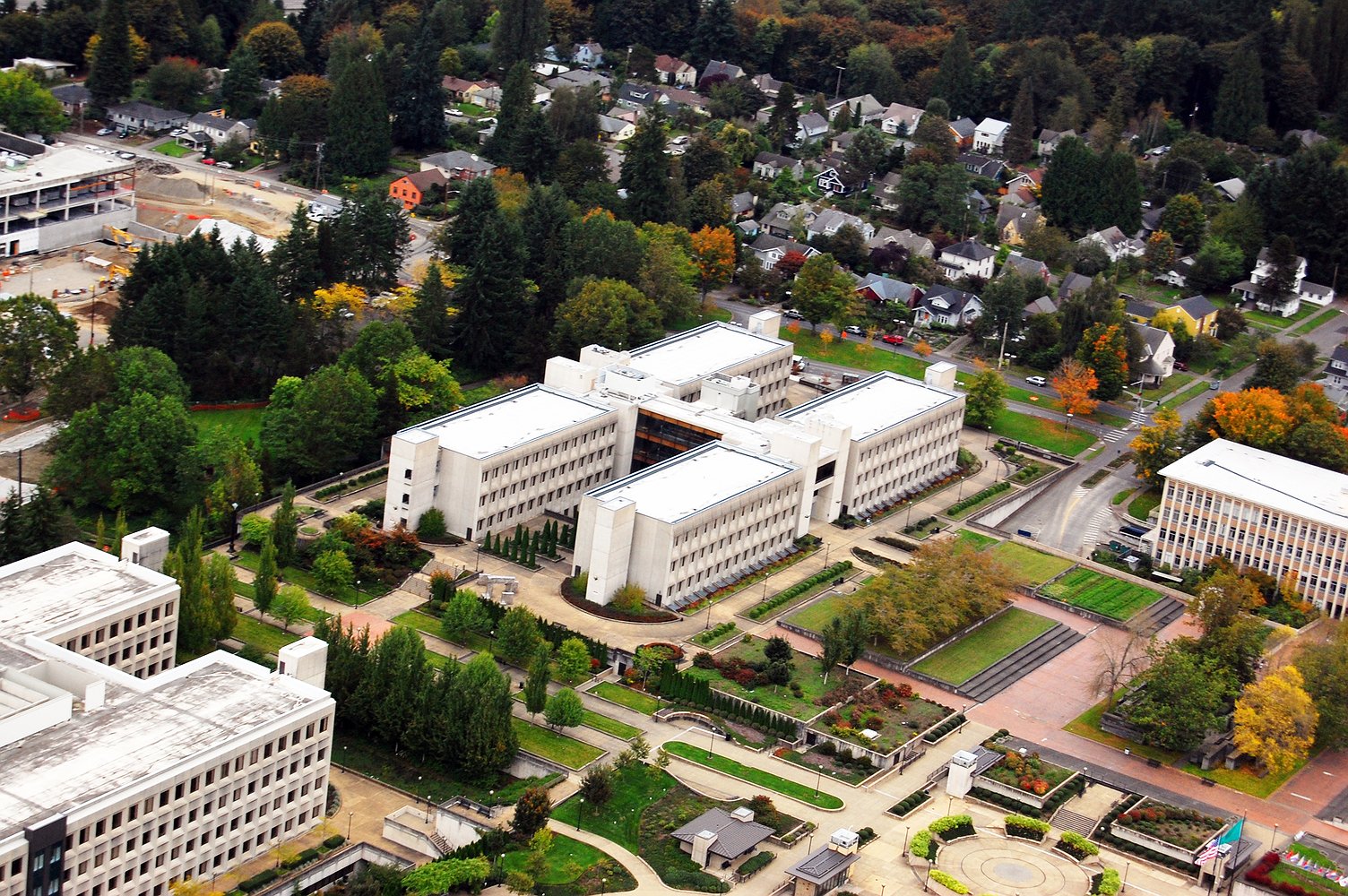WSDOT updating Highway System Plan
OLYMPIA — The Washington State Department of Transportation held a virtual public meeting Thursday regarding its draft for the 2024 Highway System Plan update. According to the plan, the previous version was released in 2007.
WSDOT Deputy Assistant Secretary for Multimodal Development & Delivery Kerri Woehler introduced the draft.
“Over half of the vehicle travel in the state occurs on state highways,” she said. “The Highway System Plan we're discussing today explores potential futures that are foundational to shaping what the highway system will look like in 20 years and beyond. Developing this plan is an important part of our job as stewards of the system to make recommendations about funding for highway programs.
Woehler then broke down WSDOT’s focus when developing the draft.
“When WSDOT started this effort, the executive leadership team tasked the group with a few things; Include rigorous community engagement, talk and connect with people and focus on equity. Use fiscal constraint. The recommendations need to be affordable for the state and consistent with an incremental funding approach. Look at all the ways people use highways, not just vehicle travel. In other words, address all the highway modes,” Woehler said. “Finally, take a scenario planning approach. If there's not enough money to do everything, what are the different ways transportation funds could be invested and what gives us the best result for the state?”
According to the slide presentations during the public meeting, presented by Highway System Plan Project Manager Jeremy Jewkes, the three funding scenarios WSDOT projected included a baseline of no added funding for the highway system, an increase in funding that mirrored past increases and an “ambitious but reasonable” scenario. The scenarios had a projected net revenue of $37.8 billion, $58.2 billion and $79.9 billion, respectively.
“We can never know the exact number of what that would be until budgets are passed, but this provides a good reference point for planning services,” Jewkes said. “Once each area has a realistic idea of what their budget looks like they can realistically start planning for that more detailed level of what is involved as part of it.”
Jewkes answered a public input question asking why there is no project list in the 2024 draft despite being in the previous version.
“The short version is it's been long enough since we've updated the Highway System Plan that we can really meaningfully tackle either the programmatic or the project list,” Jewkes said, “and it really became clear very quickly that if we did the project list before getting a handle on that programmatic level of investment, we might end up putting the cart in front of the horse, so we might end up saying ‘here's all the things we need,’ and if there's not funding to pay for it, what does that do for us down the road?”
Jewkes then addressed a question regarding highway expansion which asked why WSDOT is expanding highways when cars contribute to climate change, to which Jewkes responded that there are many complicated factors other than highway systems that play into climate change, the plan is multimodal and deals with more than just cars, and at the end of the day all of the WSDOT recommendations are projected to reduce greenhouse gas emissions.
Jewkes elaborated on the aspirations and long-term goals for the 20-year plan. The goals include being financially sustainable, completely safe, equitable and responsive to the needs of underserved communities, integrated with the public and local governmental agencies, multimodal and environmentally sustainable.
“This was in just about every avenue we asked folks. It was in our public survey, it was in our workshops, it was in our interviews that most people want a balanced system of the type of investments we want,” Jewkes said. “Roughly what you see in the plan is that for every dollar that goes into expanding highway capacity for vehicles, two dollars go into safety and efficiency programs. And, again, that was a pattern we just saw over and over and over again. It's not Eastern versus Western, it's every area of the state. It's really every community, and it’s just how the population splits out.”
Much of the public feedback WSDOT gathered while drafting the plan consisted of requests to turn two-lane highways into four-lane highways, Jewkes said.
“After all of our outreach, there are three main takeaways that it boils down to,” he said. “One, there's the support for preservation and maintenance funding across all regions, all groups. There's also an emphasis on strategies that increase safety and efficiency for the existing (system) while still funding some capacity expansion. And third, for addressing equity, that would involve increasing travel options as the transportation portion of that. There was also interest in improving housing access, creating economic opportunities from investments for overburdened and vulnerable communities.”
Public input for the draft goes until Dec. 18 at 5 p.m. Comments and questions can be submitted by phone, email or online at bit.ly/WSDOTPublicComment.
“The final step of developing the plan will be incorporating the input received into the plan and adopting it, which we expect to happen next year,” Jewkes said.
Gabriel Davis may be reached at [email protected]. Download the Columbia Basin Herald app on iOS and Android.





